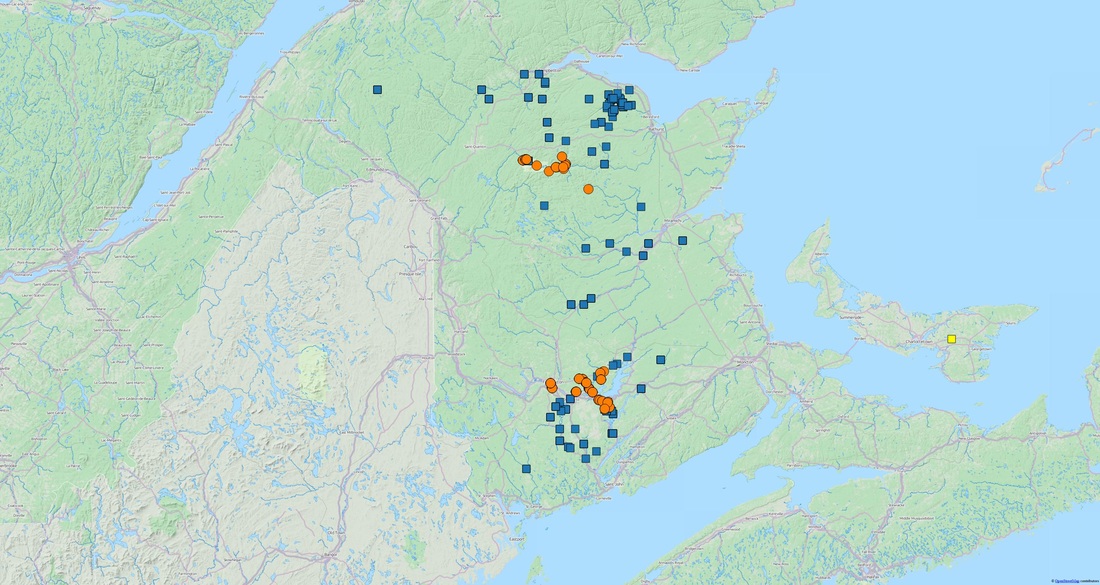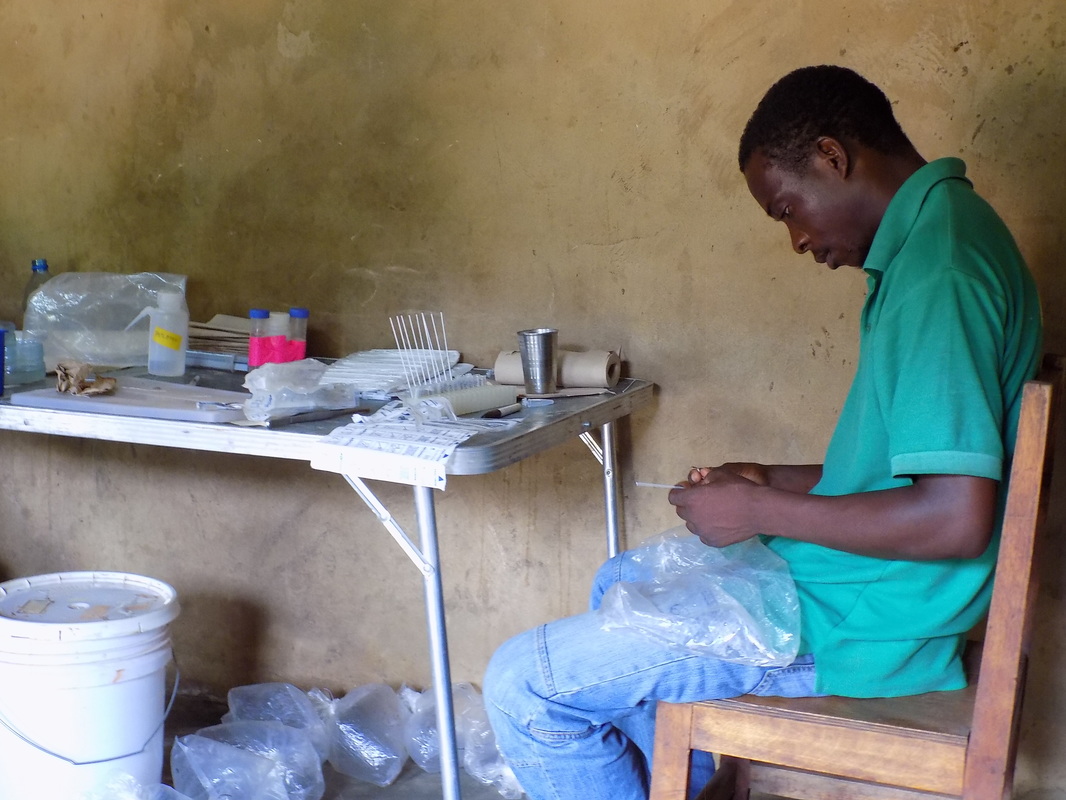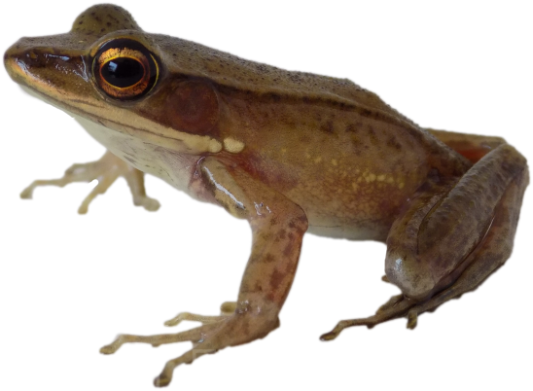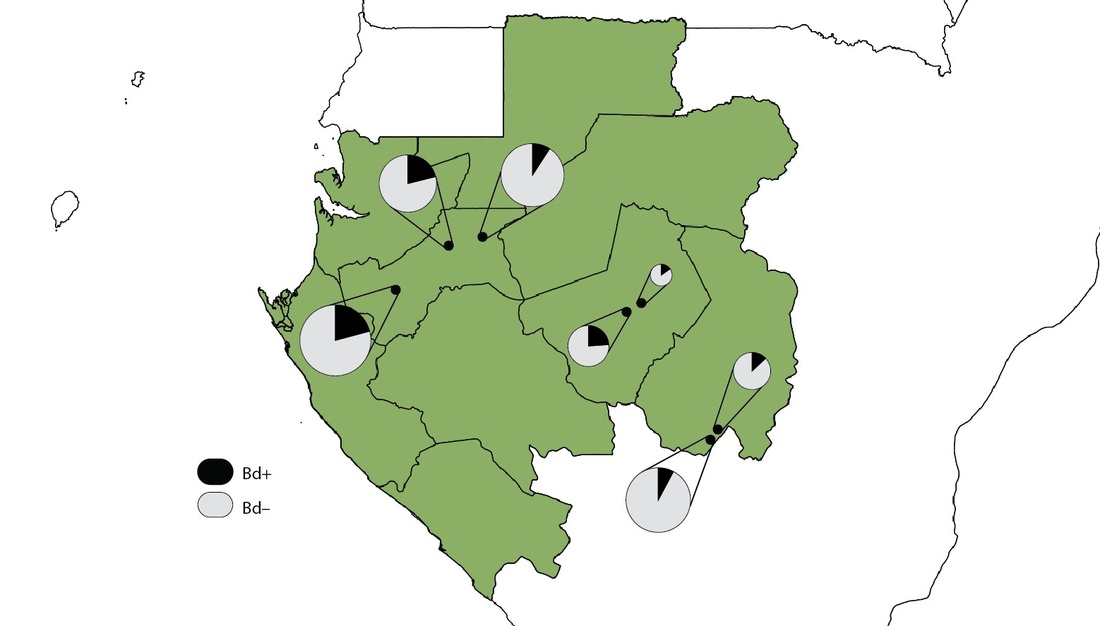Historical disease prevalence in New Brunswick, Canada
Amphibians are declining world-wide and infectious diseases (chytrid fungi and ranavirus) have been implicated in several species extinctions over the past 30 years. Developing baseline data on the status and extent of infectious diseases in New Brunswick is crucial for developing informed conservation measures and policies.
This project is a collaborative effort between the New Brunswick Museum and the Murray Lab at Trent University and is supported by NB Wildlife Trust Fund. Our central objective is to:
Determine if the presence of infectious amphibian diseases pose a threat to New Brunswick biodiversity.
This project will combine historical and present data on disease prevalence in NB to access threats to our native amphibians both today and into the future.
This project will achieve its objective by:
A) Exploring when infectious diseases were first introduced to New Brunswick by screening historical specimens at the NBM, using non-destructive molecular approaches.
B) Producing the first baseline data on the presence and prevalence of amphibian disease in NB today. This will be based on samples collected during the 2014 and 2015 NBM BioBlitz.
C) Employing ecological modeling techniques to make predictions about which species are at the greatest risk of facing population declines in response to disease. By implementing models of climate change this project will also help predict future population trends across the province.
This project is a collaborative effort between the New Brunswick Museum and the Murray Lab at Trent University and is supported by NB Wildlife Trust Fund. Our central objective is to:
Determine if the presence of infectious amphibian diseases pose a threat to New Brunswick biodiversity.
This project will combine historical and present data on disease prevalence in NB to access threats to our native amphibians both today and into the future.
This project will achieve its objective by:
A) Exploring when infectious diseases were first introduced to New Brunswick by screening historical specimens at the NBM, using non-destructive molecular approaches.
B) Producing the first baseline data on the presence and prevalence of amphibian disease in NB today. This will be based on samples collected during the 2014 and 2015 NBM BioBlitz.
C) Employing ecological modeling techniques to make predictions about which species are at the greatest risk of facing population declines in response to disease. By implementing models of climate change this project will also help predict future population trends across the province.
Chytrid prevalence in Gabon, Africa
During the 2015 field season we collected 568 chytrid swaps from 7 sites across Gabon. We hope that this project will help elucidate the presence and prevalence of chytrid in Gabon. To date there have been 3 published reports on chytrid in Gabon with some conflicting results.
Abraham BAMBA swabbing frog for chytrid in Haut-Ogooue Province, Gabon.
Above is our Gabonese 2015 Batrachochytrium dendrobatidis winner (or loser). This Amnirana albolabris (field #: ORB-010) scored a whopping 43,422 zoospores. According to the Vredenburg 10,000 Zoospore rule this dude should be dead 4 times over!
The map above shows chytrid prevalence at 7 sites across Gabon. The average prevalence across Gabon (463 samples) is 18.6%. A staggering 60% of species (28/46) tested positive for Bd. These results will be published shortly in the Herpetological Review.
You can explore the results online here:
https://amphibiandisease.org/project.php?id=4bc91fb90ff5575d5affec1724447bba
You can explore the results online here:
https://amphibiandisease.org/project.php?id=4bc91fb90ff5575d5affec1724447bba




